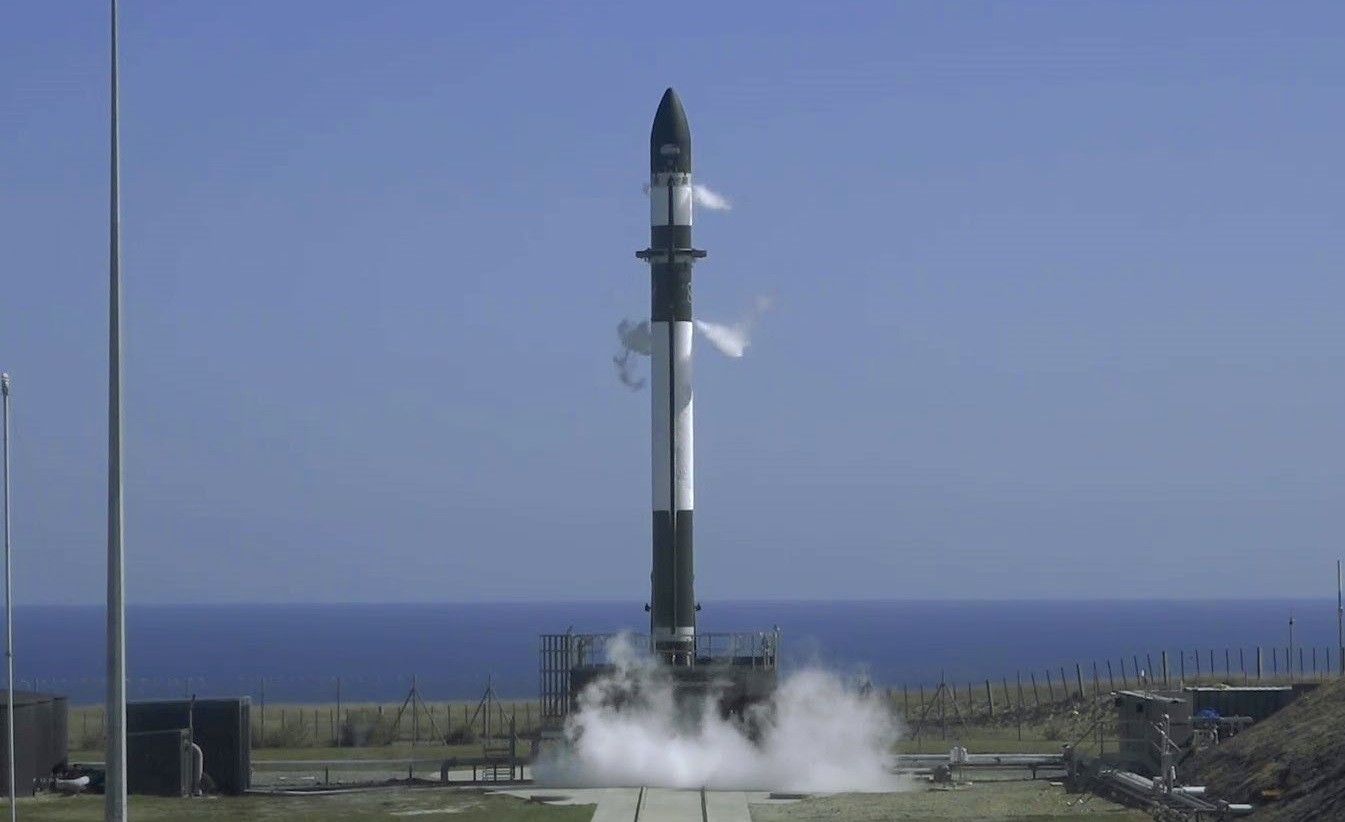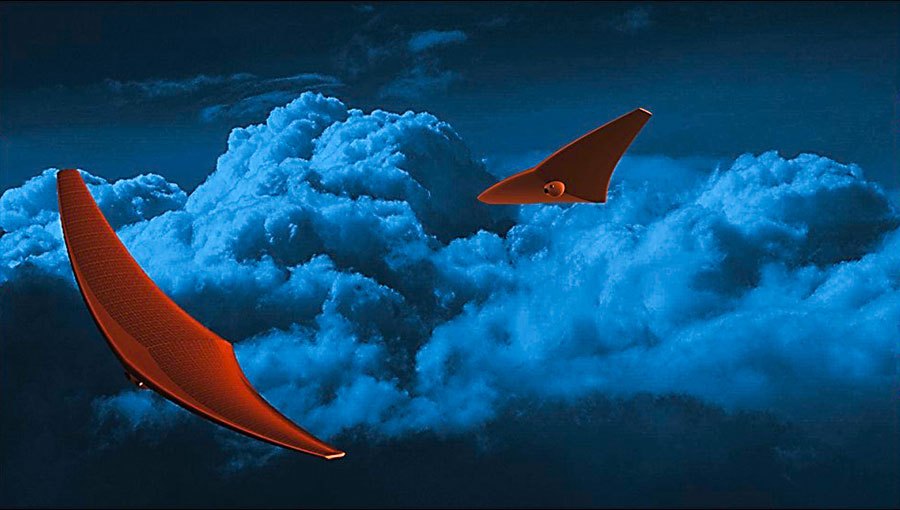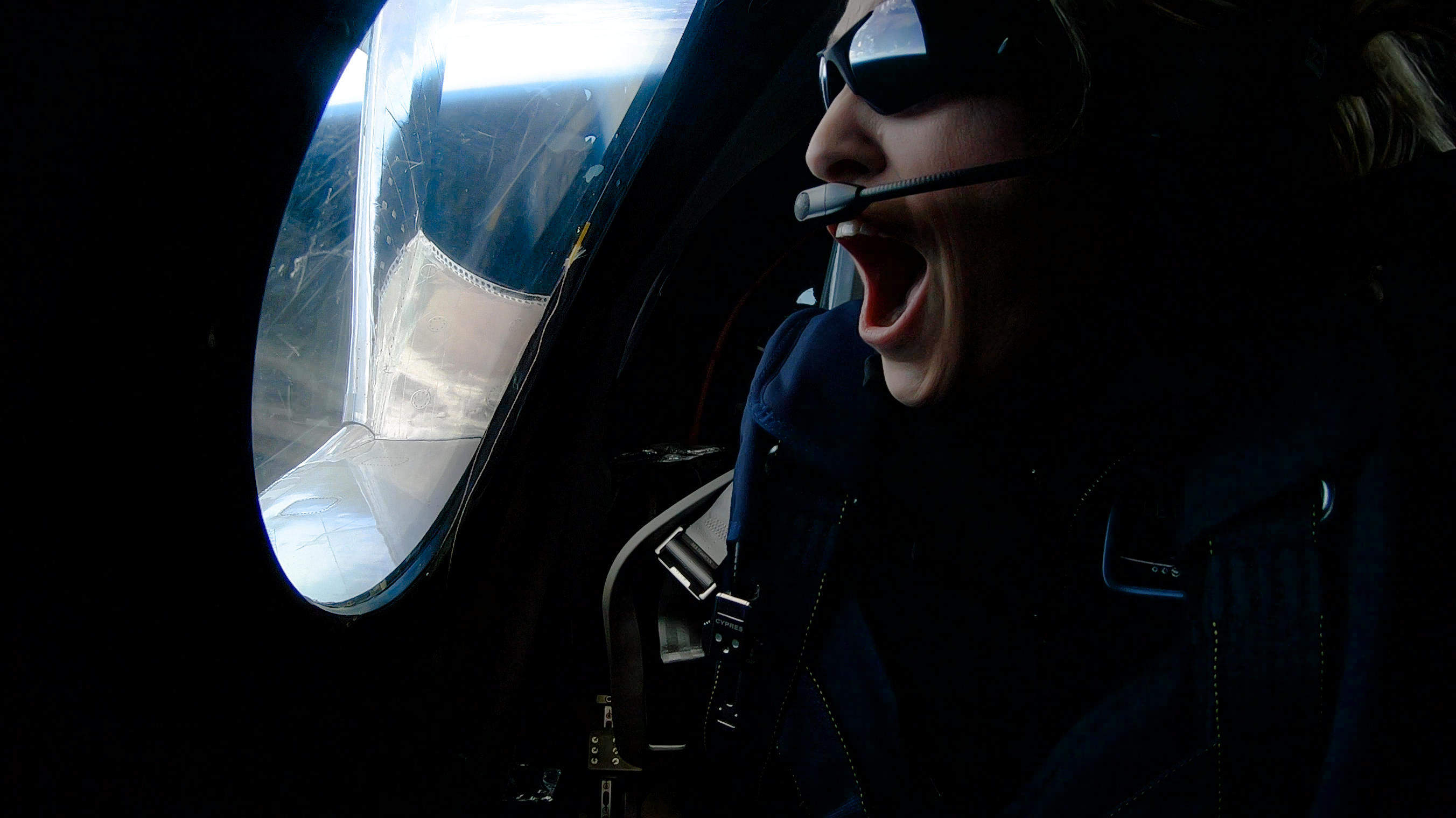There’s literally a lot more stuff in space than there was last week – or at least, the number of active human-made satellites in Earth’s orbit has gone up quite a bit, thanks to the launch of SpaceX’s first 60 production Starlink satellites. This week also saw movement in other key areas of commercial space, and some continued activity in early-stage space startup ecosystem encouragement.
Some of the ‘New Space’ companies are flexing the advantages that are helping them shake up an industry typically reserved for just a few deep-pocketed defence contractors, and NASA is getting ready for planetary space exploration in more ways than one.
1. SpaceX launches 60 Starlink satellites
The 60 Starlink satellites that SpaceX launched this week are the first that aren’t specifically designated as tester vehicles, even though it launched a batch of 60 earlier this year, too. These ones will form the cornerstone of between 300-400 or so that will provide the first commercial service to customers in the U.S. and Canada next year, if everything goes to SpaceX’s plan for its new global broadband service.
Aside from being the building blocks for the company’s first direct-to-consumer product, this launch was also an opportunity for SpaceX to show just how far its come with reusability. It flew the company’s first recovered rocket fairing, for instance, and also used a Falcon 9 booster for the fourth time – and landed it, so that it can potentially use it on yet another mission in the future.
2. Rocket Lab’s new room-sized robot can don in 12-hours what used to take ‘hundreds’
 Rocket Lab is aiming to providing increasingly high-frequency launch capabilities, and the company has a new robot to help it achieve very quick turnaround on rocket production: Rosie. Rosie the Robot can produce a launch vehicle about once every 12 hours – handling the key task of processing the company’s Electron carbon composite stages in a way that cuts what used to take hundreds of manual work hours into something that can be done twice a day.
Rocket Lab is aiming to providing increasingly high-frequency launch capabilities, and the company has a new robot to help it achieve very quick turnaround on rocket production: Rosie. Rosie the Robot can produce a launch vehicle about once every 12 hours – handling the key task of processing the company’s Electron carbon composite stages in a way that cuts what used to take hundreds of manual work hours into something that can be done twice a day.
3. SpaceX completes Crew Dragon static fire test
This is big because the last time SpaceX fired up the Crew Dragon’s crucial SuperDraco thrust system, it exploded and took the capsule with it. Now, the crew spacecraft can move on to the next step of demonstrating an in-flight abort (the emergency ‘cancel’ procedure that will let astronauts on board get out with their lives in the case of a post-launch, mid-flight emergency) and then it’s on to crewed tests.
4. Virgin Galactic’s first paying customers are doing their astronaut training
It’s not like they’ll have to get out and fix something in zero gravity or anything, but the rich few who have paid Virgin Galactic $250,000 per seat for a trip to space will still need to train before they go up. They’ve now begun doing just that, as Virgin looks to the first half of next year for its first commercial space tourism flights.
5. TechStars launches another space tech accelerator
They have a couple now, and this new one is done in partnership with the U.S. Air Force, along with allied government agencies in The Netherlands and Norway. This one doesn’t require that participants relocated to a central hub for the duration of the program, which should mean more global appeal.
6. NASA funds new Stingray-inspired biomimetic spacecraft
 Bespin’s cloud cars were cool, but a more realistic way to navigate the upper atmosphere of a gaseous planet might actually be with robotic stingrays that really flap their ‘fins.’ Yes, actually.
Bespin’s cloud cars were cool, but a more realistic way to navigate the upper atmosphere of a gaseous planet might actually be with robotic stingrays that really flap their ‘fins.’ Yes, actually.
7. Blue Origin’s lunar lander partner Draper talks blending old and new space companies
Blue Origin’s Jeff Bezos announced a multi-partner team that will work on the company’s lunar lander, and its orbital delivery mechanism. A key ingredient there is longtime space industry experts Draper, which was born out of MIT and which is perhaps most famous for having developed the Apollo 11 guidance system. Draper will be developing the avionics and guidance systems for Blue Origin’s lunar lander, too, and Mike Butcher caught up with Draper CEO Ken Gabriel to discuss. (Extra Crunch subscription required)
from TechCrunch https://ift.tt/2KrMgw0

No comments:
Post a Comment